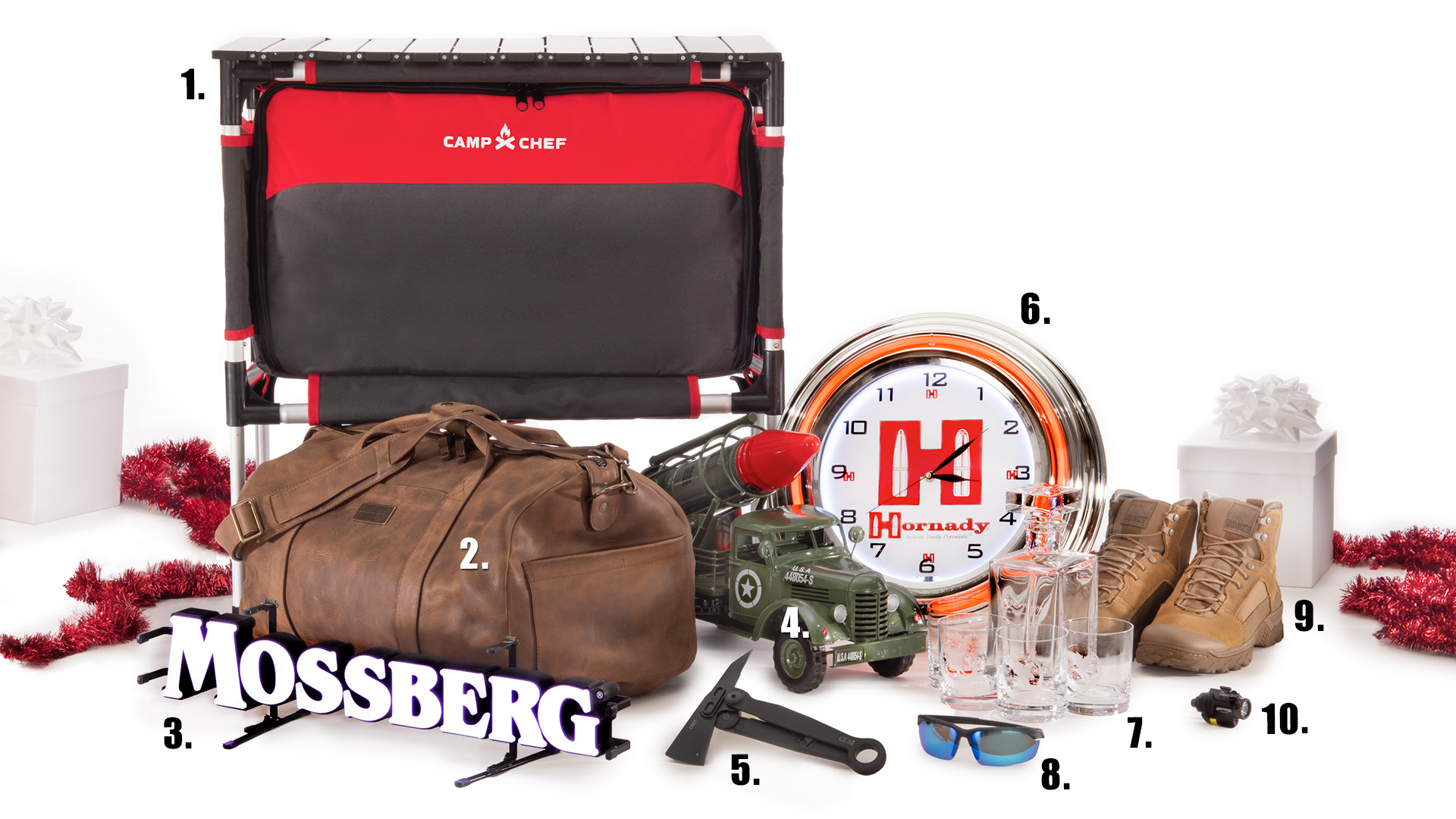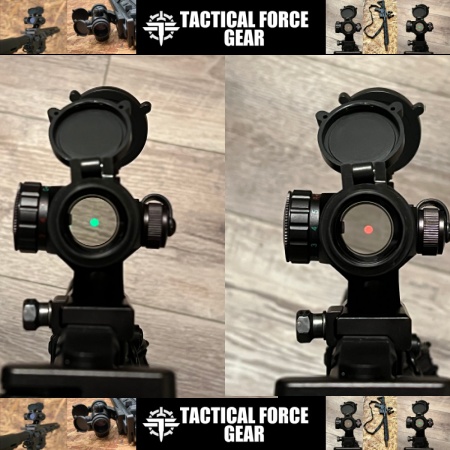We may earn revenue from the products available on this page and participate in affiliate programs. Learn More ›
Long before “ultralight” became mainstream, George Washington Sears — better known by his pen name Nessmuk — was rewriting the rules of outdoor gear. In the late 1800s, he wrote about using lightweight gear and smaller knives.
This was a time when the Sandbar Fight had shifted from news to legend, making Bowie knives a standard piece of outdoor gear. Add in a full-size felling axe, a cast-iron stove, and a large canvas tent, and you have the standard camp gear of the period.
Sears’ philosophy bucked the trend. It was all about going light and carrying only what you need. At the heart of his philosophy was a simple three-tool system called the Nessmuk Trio.
The trio consisted of a small hatchet, a belt knife, and a folding pocket knife. Each tool served a specific role during his canoe and backpack trips. The hatchet handled light chopping and shelter work. The belt knife was a compact, fine-cutting tool for carving, food prep, and general camp tasks. The folding knife was reserved for small, precise jobs.
It’s been 175 years since Nessmuk’s time, but I think his trio remains the gold standard for long-term camping and bushcraft. Here’s a look at what a modern trio would look like.
My outdoor knife usage revolves around food, fire, and butchery. My belt knife gets used for fire and field dressing. That leaves my pocket knife to focus on food and daily cutting tasks. If you’re using your knife to cut up grilled backstrap or open a Mountain House, you’ll probably need something to eat it with, too. The Lunch Box Knife has a fork built into it, and it separates from the knife handle so you can use them separately. The knife is a classic slipjoint pattern that slices well and is ideal for fine cutting tasks.
A quick tip on separating the two halves of the knife: Open the fork before you slide the two halves apart.

There are a ton of great 3.5 to 4-inch belt knives. But, if I had to choose one for the trio, it would be the ESEE Ashley Game Knife. It is durable enough to baton kindling, yet performs great at field dressing and making feather sticks. It was a top performer in this year’s hunting knife test, and I’d trust it to take on a wide variety of knife tasks.

For modern hunting and camping applications, a two-knife duo is plenty of capability. But, if you’re car camping or setting up a long-term camp, a hatchet is a great piece of kit to have.
My favorite hatchet is the Hults Bruk Spika. It’s a versatile axe that chops, splits, and carves. It’s light enough to carry, but it still has enough weight to process firewood.
Final Thoughts
The above axe, fixed blade, and folder weigh 2 pounds 12 ounces. If you scale back to a duo (fixed blade and folder) you’re only carrying 11 ounces. In either variation you’re achieving a good weight to capability ratio. The only question is: do you need the hatchet for processing firewood or making a shelter? More often than not, I don’t. So a duo is the ideal tool set for my needs.
Afterall, the Nessmuk Trio is about more than gear — it’s a philosophy. Sears believed in having the right tools and leaning on your skills to enjoy the outdoors. More than a century later, that wisdom still cuts clean.
Read the full article here







